Introduction
The Origins of Vietnamese Soups:
Vietnamese soups, known for their aromatic broths and complex flavors, are deeply ingrained in the country’s culinary history. They have been a staple of Vietnamese cuisine for centuries, showcasing the country’s unique blend of fresh ingredients, spices, and local herbs. The most famous example of Vietnamese soups is Pho, a fragrant broth-based noodle soup that originated in the northern regions of Vietnam in the early 20th century. This soup gained national prominence and later became beloved worldwide for its rich, savory profile and delicate balance of flavors.
Vietnamese soups are often seen as comfort food and are served during various occasions, from casual family meals to celebratory feasts. The emphasis on fresh, local ingredients like herbs, meats, and vegetables is central to the appeal of these dishes. They are typically served with an array of garnishes, such as bean sprouts, fresh cilantro, lime wedges, and chili peppers, allowing each person to customize their bowl to their taste.
The Rise of vietnamese soups recipes in Culinary Arts:
In recent years, Vietnamese soups have seen a surge in global popularity, making their way onto menus in fine dining restaurants and food trucks alike. The complexity of flavors in these dishes—ranging from sweet to savory, spicy to tangy—has captivated food enthusiasts worldwide. Chefs and home cooks alike admire the way Vietnamese soups highlight the balance of broths, herbs, and proteins, creating a harmony that feels both nourishing and sophisticated.
The rise of Vietnamese soups in the culinary arts is attributed to their versatility. They can be adapted to include various meats like beef, chicken, or pork, or even made vegetarian for plant-based diets. The iconic Pho continues to be a favorite, but other varieties, such as Bánh canh (thick noodle soup) and Canh chua (Vietnamese sour soup), have also gained recognition for their unique and vibrant flavors.
A Dish That Transcends Borders:
One of the most remarkable qualities of Vietnamese soups is their ability to transcend borders, appealing to a global audience. While they were once confined to the kitchens of Vietnam, today these soups are enjoyed in many parts of the world. From bustling cities to quiet towns, Vietnamese Soups have found their way into diverse culinary scenes, often modified to cater to local tastes while still retaining their essence.
The global appeal of different vietnamese noodle soups can be attributed to their accessibility and ability to be customized. Whether served with rice noodles, flat noodles, or no noodles at all, the rich, fragrant broths can be paired with a variety of ingredients and garnishes, making them adaptable to numerous international tastes. The introduction of Vietnamese soups to different countries has sparked a culinary exchange, with chefs experimenting and incorporating these dishes into fusion recipes while staying true to their Vietnamese roots.
Ingredients
For the Broth:
- 2 liters water
- 1 medium onion, halved
- 1 large ginger root, sliced
- 1 tablespoon coriander seeds
- 2-3 star anise
- 1 cinnamon stick
- 3 cloves
- 2 tablespoons fish sauce
- 1 tablespoon sugar
- Salt to taste
For the Soup Base:
- 300g beef (sirloin, brisket, or flank), thinly sliced
- 200g rice noodles (bánh phở)
- Fresh herbs (cilantro, basil, mint)
- 2-3 chili peppers, sliced
- 1 lime, cut into wedges
- 1/2 cup bean sprouts
Optional Garnishes:
- Hoisin sauce
- Sriracha sauce
- Fried onions
Instructions
Prepare the Broth:
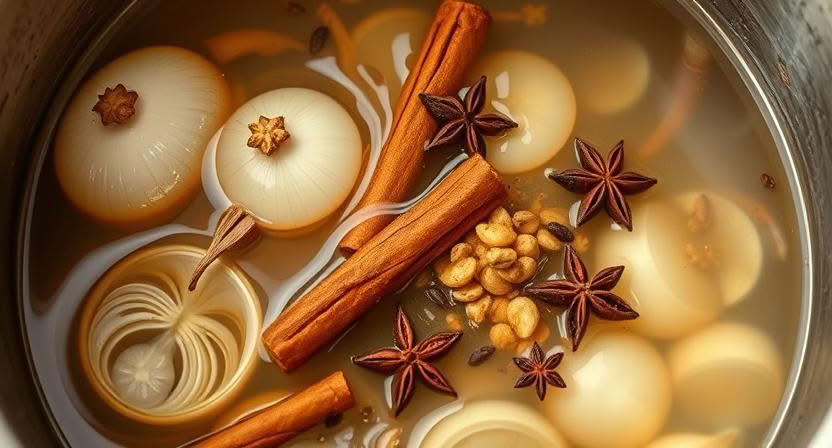
In a large pot, add 2 liters of water. Place the onion and ginger halves under a broiler or on an open flame until charred, then add them to the water. Add the coriander seeds, star anise, cinnamon stick, and cloves. Bring the water to a boil, then reduce the heat to a simmer. Let it cook for 1-2 hours to develop a rich, flavorful broth. Season with fish sauce, sugar, and salt to taste. Vietnamese Soups
Cook the Rice Noodles:
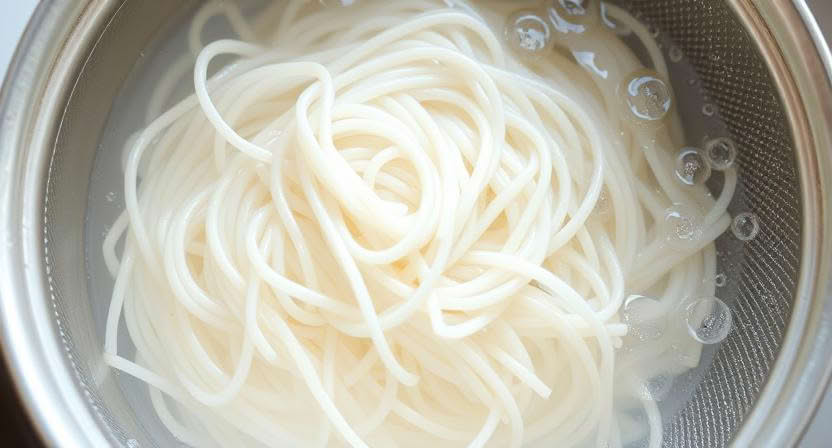
While the broth is simmering, cook the rice noodles according to package instructions. Drain and set them aside. It’s important to rinse them under cold water to stop the cooking process and prevent them from sticking together.
Prepare the Meat:
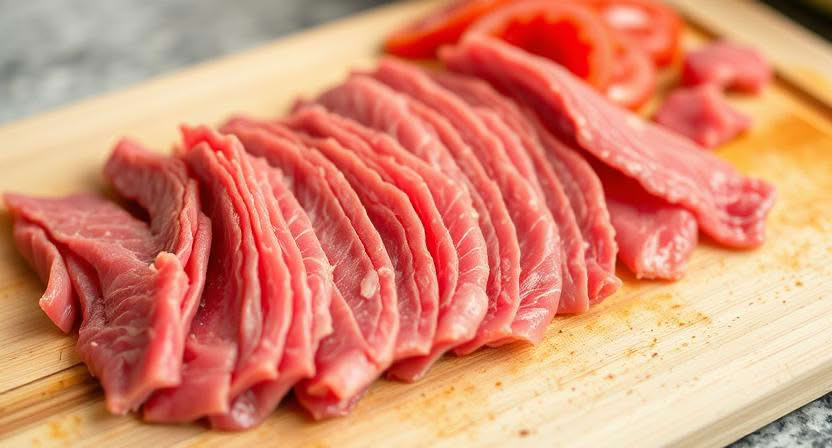
Thinly slice the beef into thin, bite-sized pieces. This can be done by partially freezing the beef before slicing, which makes it easier to cut thin slices. Vietnamese Soups
Assemble the Soup:
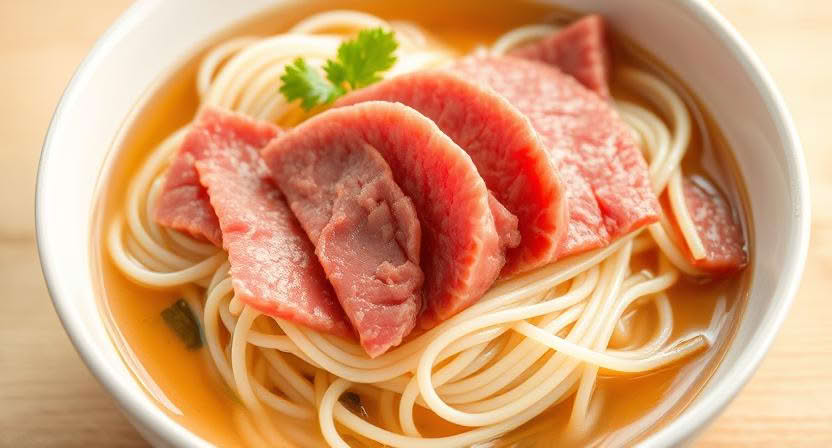
Once the broth is ready, strain it to remove the spices, onion, and ginger. Return the broth to the pot and bring it back to a simmer. In a bowl, place a portion of cooked noodles and raw beef slices. Pour the hot broth over the top. The heat of the broth will cook the beef just enough.
Add Garnishes:

Top the soup with fresh herbs, chili slices, bean sprouts, and a squeeze of lime. Add hoisin and sriracha sauce for an extra burst of flavor.
Serve and Enjoy Vietnamese Soups
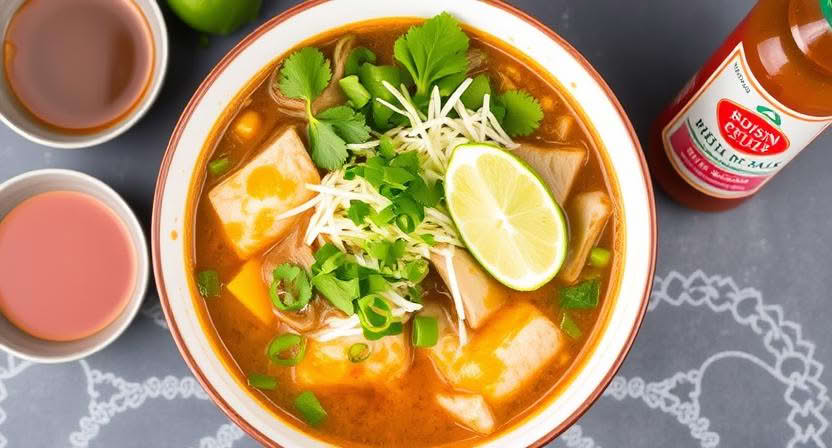
Serve the Vietnamese soup hot, alongside additional garnishes as desired. Enjoy the perfect balance of aromatic broth, tender beef, and fresh herbs in every bite.
Conclusion
A Dish Rooted in Tradition:
Vietnamese soups are a dish rooted in the tradition of bringing people together over a shared meal. Whether enjoyed in the streets of Hanoi or the bustling markets of Saigon, the preparation of these soups has remained largely unchanged for generations. The careful balance of spices, herbs, and fresh ingredients reflects the deep connection between the Vietnamese people and their food culture. The heart of the dish lies in its simple yet profound flavors, which have stood the test of time and continue to captivate the world.
Relish the Flavorful Journey:
Every spoonful of Vietnamese soup offers a delightful journey through vibrant, fresh flavors. The aromatic broth, the tender meats, and the zesty herbs all come together to create a complex yet harmonious dish that excites the palate. popular vietnamese soups provide not only a meal but an experience—one that invites you to savor the layers of flavors, from the fragrant broth to the tangy lime and spicy chili. Whether enjoyed on a cold winter’s night or a warm summer’s day, this soup always offers comfort, satisfaction, and the joy of culinary discovery.





